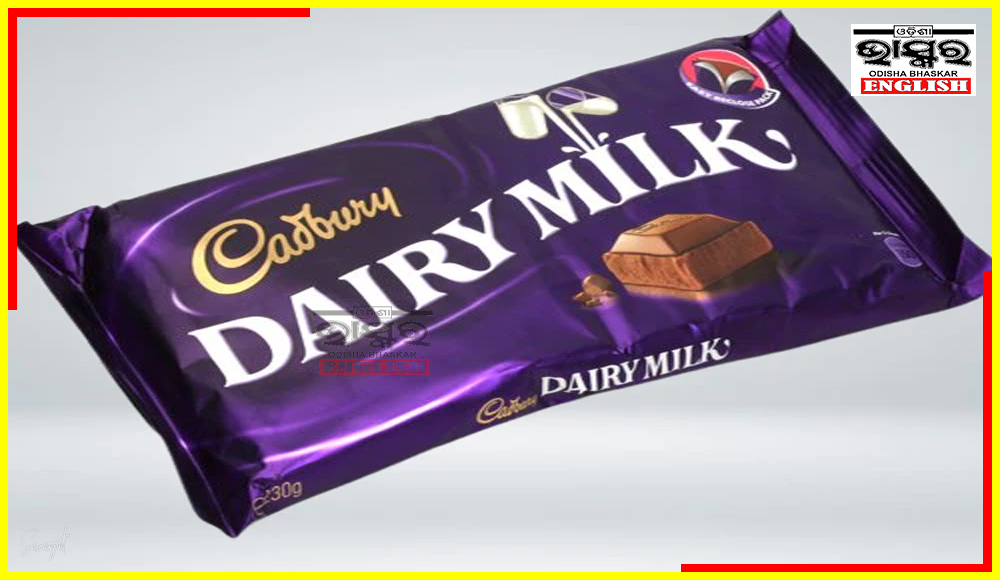Dating back to 1914, Cadbury has been using purple as a tribute to Queen Victoria, which has helped them stand out among competitors. With a royal warrant bestowed upon them in 1854, Cadbury proudly became the official cocoa and chocolate maker for the British monarch. By 1920, the entire Dairy Milk range adopted the striking purple and gold colour scheme that is now synonymous with the brand.
However, Cadbury faced a legal hurdle when rival Nestle challenged their use of the purple colour. In 2004, Cadbury sought to trademark a specific shade known as Pantone 2865c. Nestle objected, arguing against granting exclusive rights to a colour.
This case carried significant implications, allowing supermarkets and competitors to employ the renowned “Cadbury purple” on their own products. Nonetheless, in 2012, Judge Colin Birss rejected Nestle’s appeal and ruled in favour of Cadbury, affirming that the purple hue is indeed distinctive to Cadbury’s milk chocolate. The verdict specified that this particular shade of purple is closely associated with milk chocolate bars and tablets, as well as milk chocolate for both consumption and beverages.
The legal battle surrounding the use of purple packaging highlights the historical significance and brand identity that Cadbury has meticulously built over the years. Despite enduring challenges, Cadbury’s iconic use of this distinguished colour continues to set its chocolate products apart from the competition.





Comments are closed.